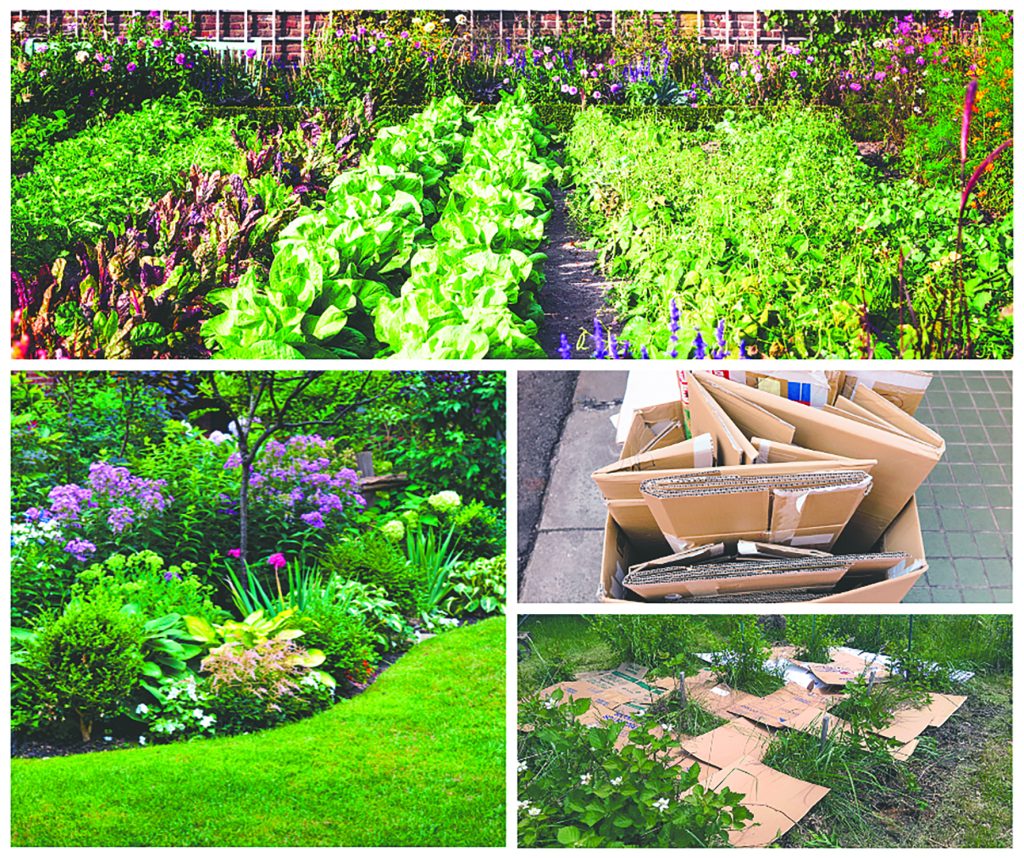Gardeners’ New Year’s Resolutions for your best gardening year yet

Let me start by saying I am not much for New Year’s Resolutions… I am more of a daily resolution gal. My mom used to say each day is a new beginning. And so, it is with Nature. Every day is a fresh start and often a surprise. But there are a few practices that, regardless of what the weather, the pests, and the drought (or drowning) Nature throws at us, that can make our gardening easier.
Some of these resolutions can start even before the gardening season. First, if you happen to be one of those who keep a yearly gardening diary, my hat is off to you. I always envy those who can pull out that well-worn notebook or binder with years of notations about their garden wins and losses. I always mean to do that, but… it never happens. I am lucky that so far, God has given me an excellent memory.
But if you do have those records, they are gardeners gold. Because the number one rule of the best gardening is to know what works and what doesn’t. Even if you don’t have written records, I know many of us take more pictures of our garden — than we do of our families. I love that joke that says, how did I go from staying out till 4 am one year and now I am taking pictures of my best zucchini?
And even if you haven’t kept any written or pictorial records, you probably remember what did well and what didn’t last year. Were your tomatoes less fruitful than in previous years? And what about that weird patch in the grass that seems to get bigger each year? There are many reasons and often multiple things going on simultaneously that cause garden troubles, but sometimes, obvious causes escape us.
Take the tomato issue; I had several calls on this during the late summer this year. And after asking the gardener a series of questions, I asked if anything new was shading their garden. At first, they responded no, but then, as an aside, almost mentioned that a few young trees nearby had started shading the garden in that area. Bingo! Tomatoes (and other plants that we eat the fruit of the plant—like tomatoes, cucumbers, peppers) need full sun to make those flowers. Less sun, less fruit.
The solution for this gardener was an easy one; his large vegetable garden was only partially shaded by trees so that he would plant his tomatoes, cukes, and peppers in the full sun side and the root crop and leafy crops in the partially shaded side. Root crops and leafy crops are tolerant of less sun and even prefer it in those hot summers.
So, resolve to take some time to go outside and look up and down now. If some of your full sun plants were underperforming last year, you could choose to prune some of those branches back or make a note to move some of those plants to a sunnier spot for this year.

Another consideration is to look for spots that gather water. We sure haven’t had any snow, but we have had a few weeks with some rain. Gardeners often lament having a wet spot and can spend lots of time and money trying to rectify the situation. Instead of fighting this wet ‘microclimate,’ why not embrace it by planning to plant a rain garden there?
Rain garden plants are those with deep, fibrous root systems that delight in sopping up excess water; and at the same time, those deep roots are so deep they allow these plants to tolerate sustained periods of drought. And they are attractive too — Coneflower, Black-Eyed Susans, Joe Pye weed, and Bee Balm, just to name a few.
The lesson here is to learn to listen to and work with your garden instead of against it.
The other resolution solves the two most despised tasks of gardening—weeding and watering. I know I have mentioned it in other columns, but I resolve to start collecting cardboard and newspapers so you can decrease your weeding by up to 90% and cut your watering in half by planning on using the ‘lasagna’ gardening technique. This is also called sheet composting.
The key features of this process include regular preparation of the soil bed, then planting, be it seeds, seedlings, or full-sized plants then once the plants are all planted, you take well-soaked cardboard or sections of newspaper and lay them down around the plants, then cover with mulch.
I use this process at all of our garden projects, and it literally creates a weed-free garden. Even better, with this thick layer of cardboard/mulch, there is excellent insulation that lets water get down to the roots of the plants but greatly reduces the evaporation rate. Hence, 50% less watering.
The important part is to be sure the soil is well prepared beforehand, and the sheeting material, the cardboard or newspaper, must be saturated. Otherwise, it would wick moisture away from plants.
Following these few resolutions will help you get more enjoyment with less work in the gardening season ahead.